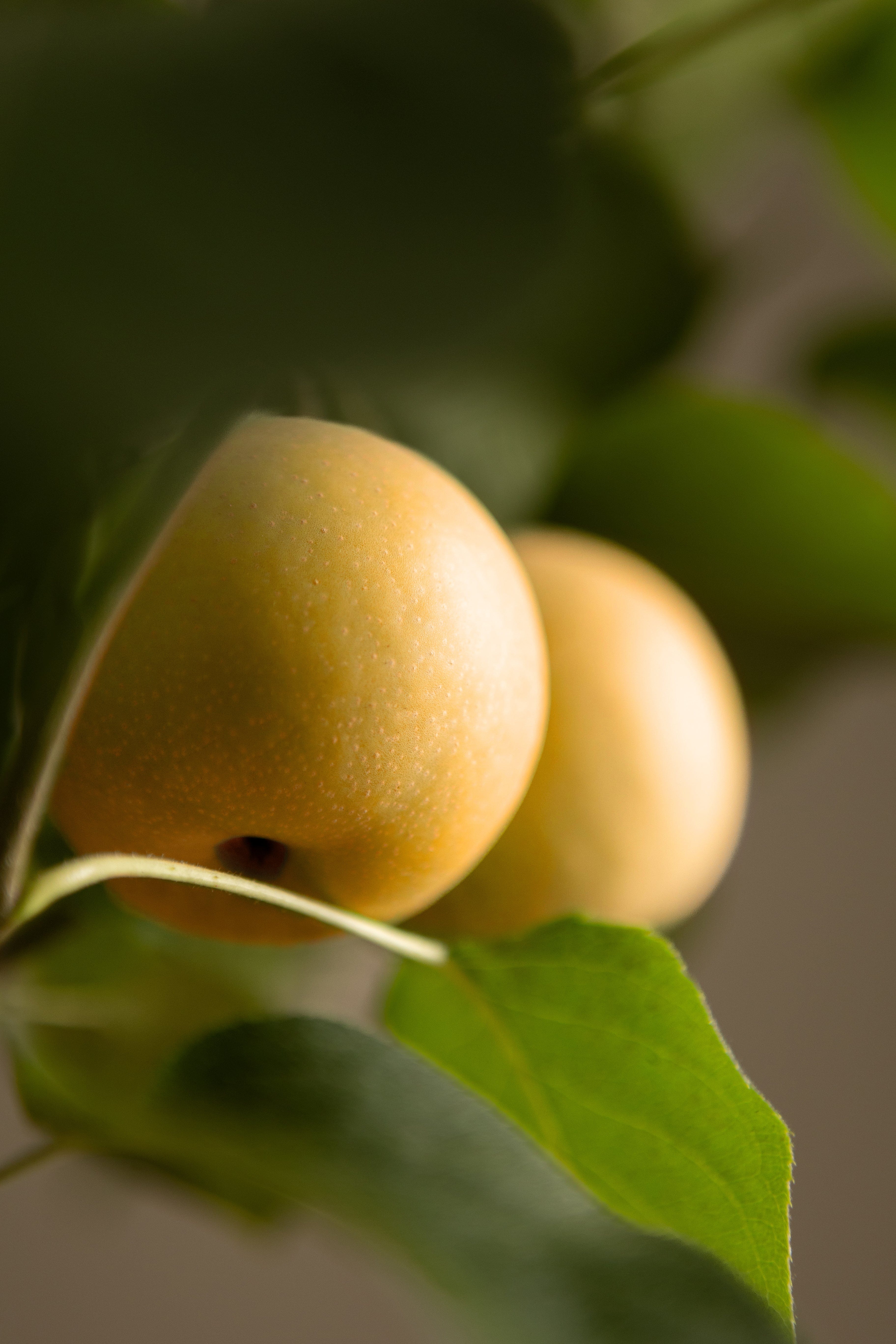
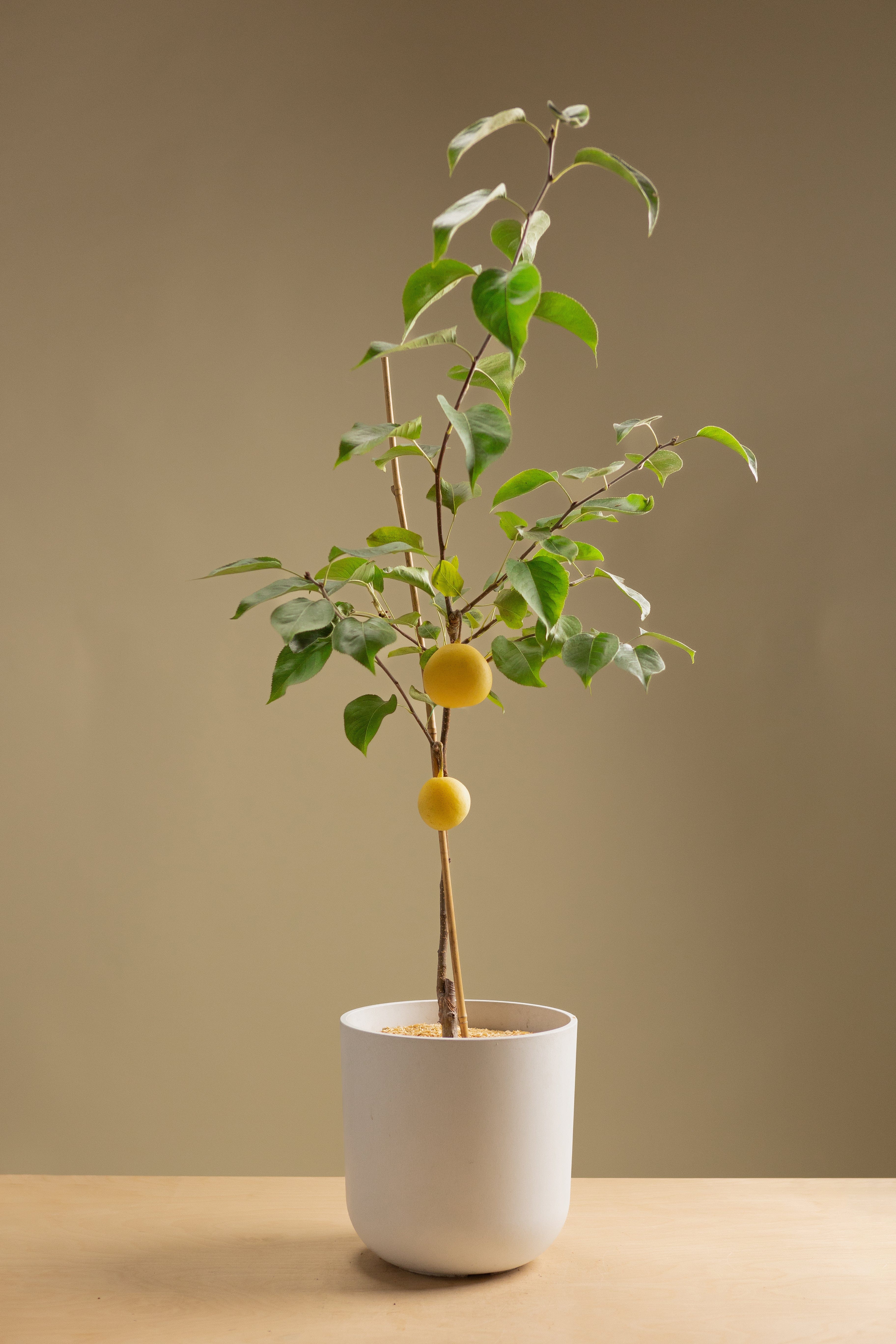
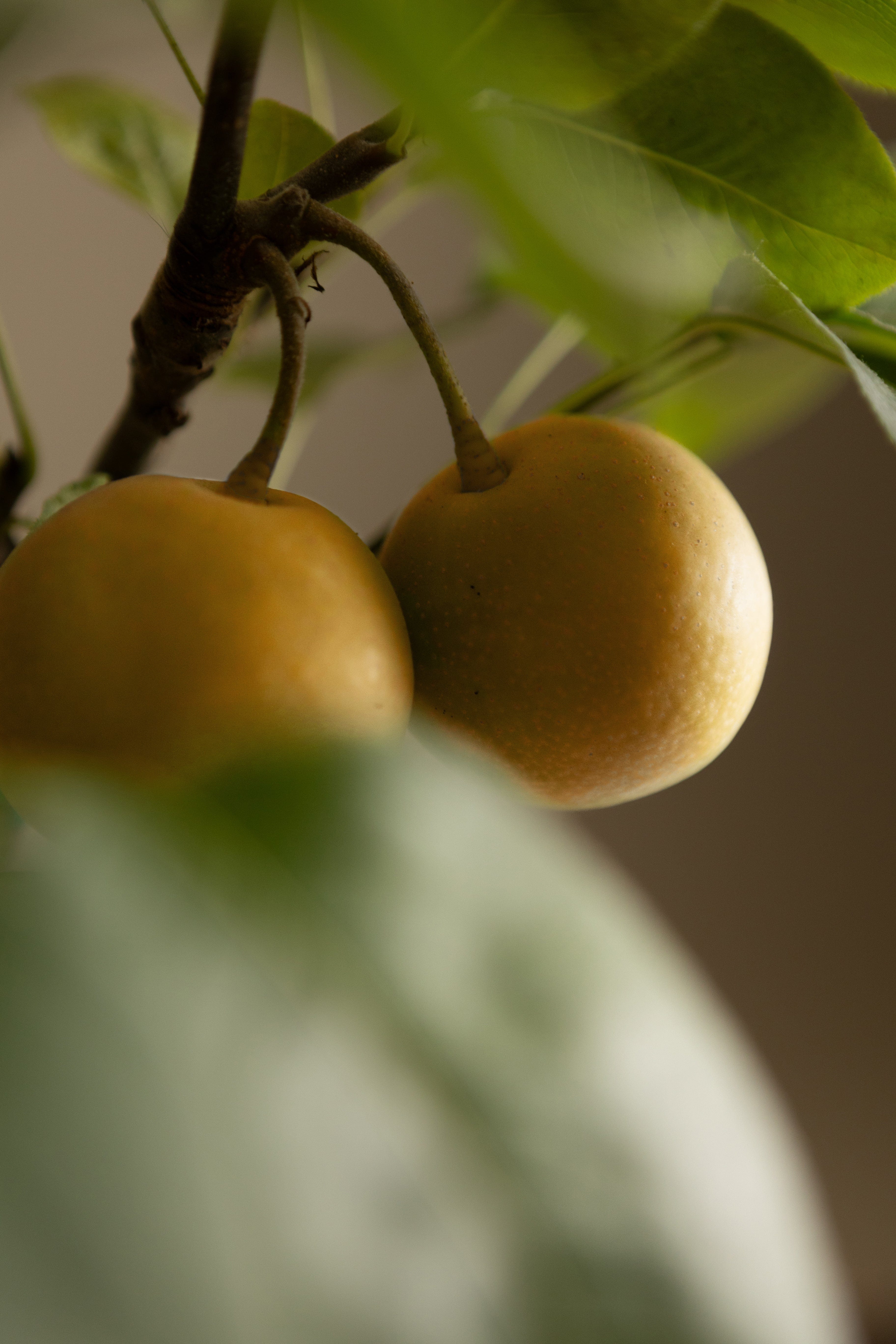
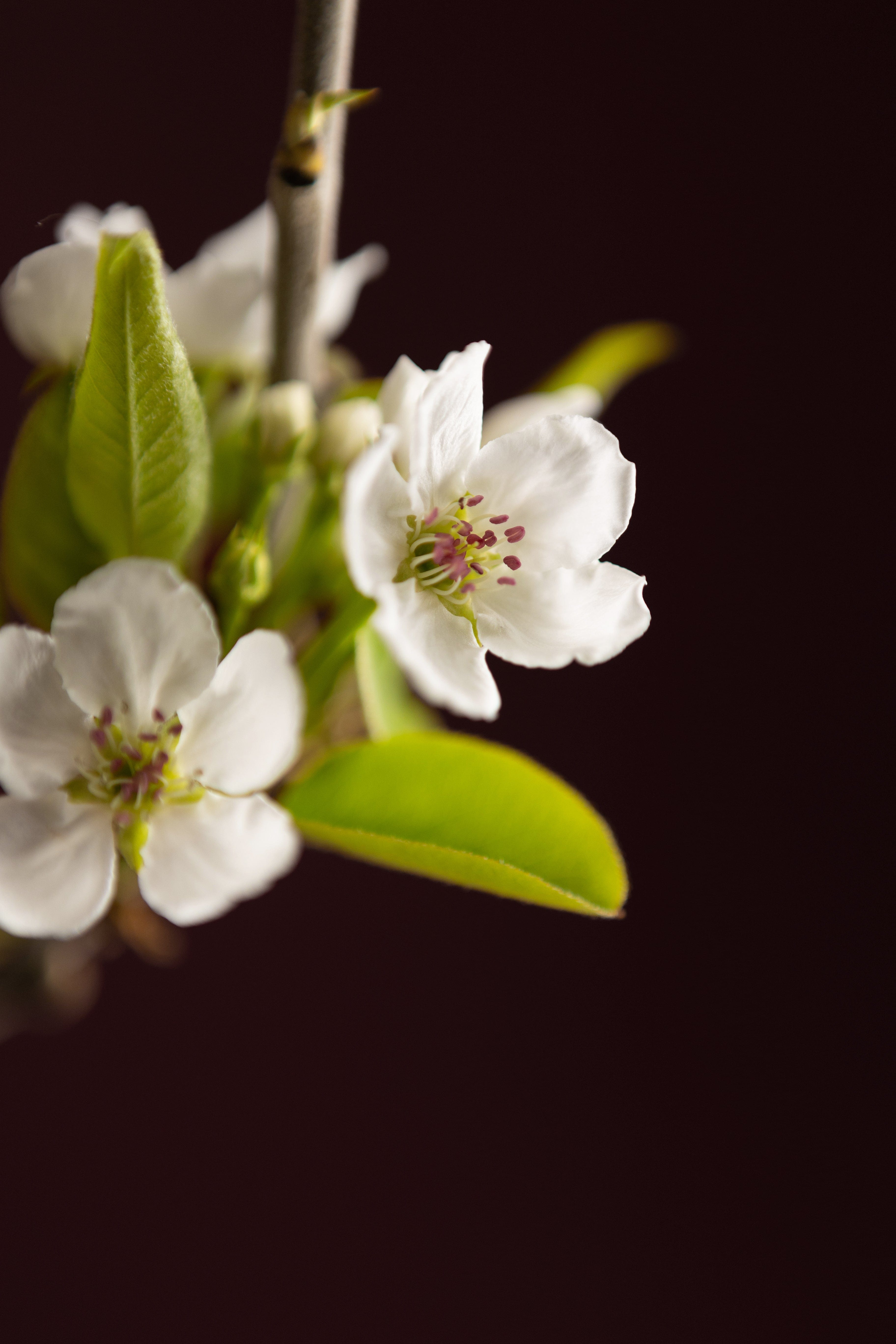
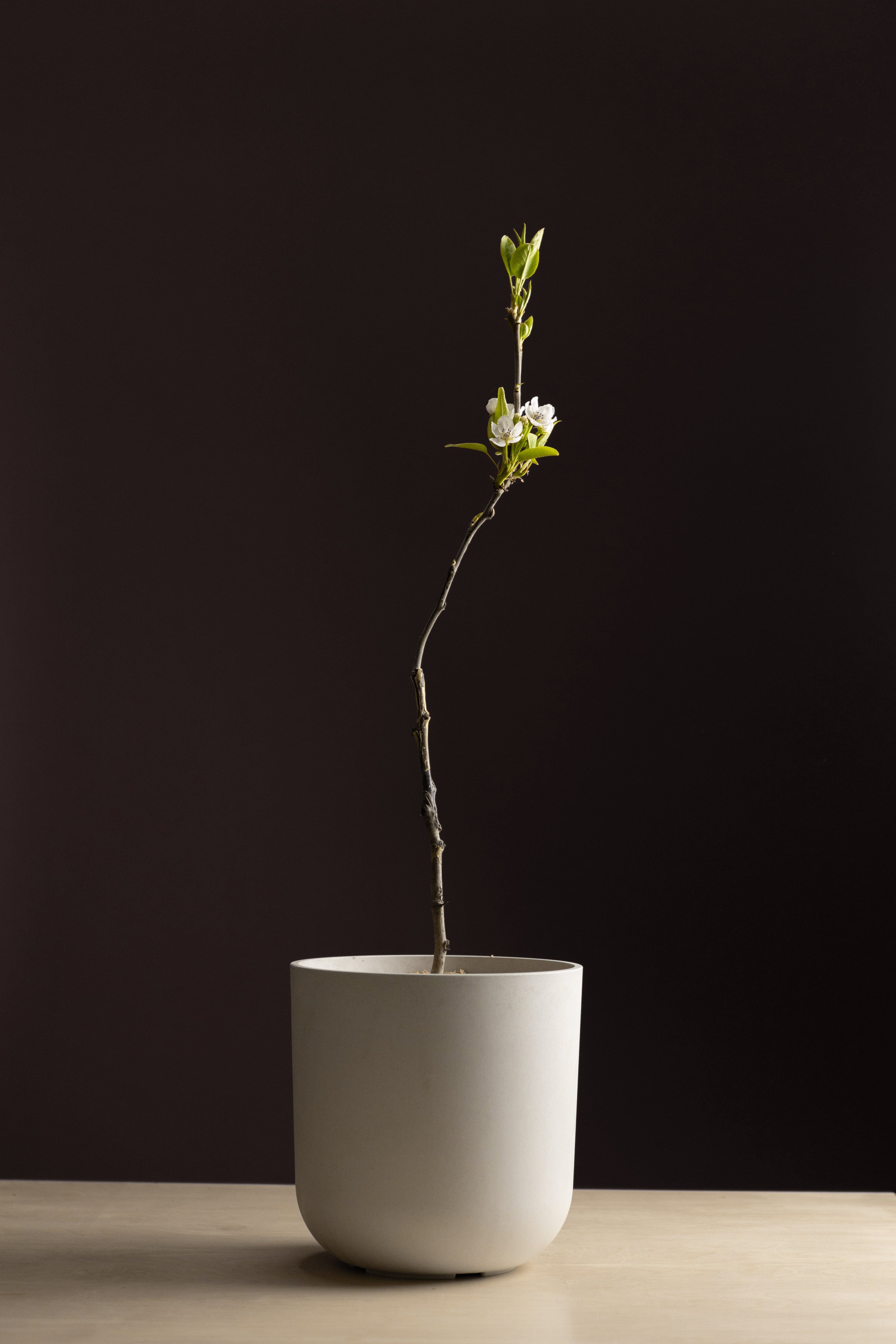
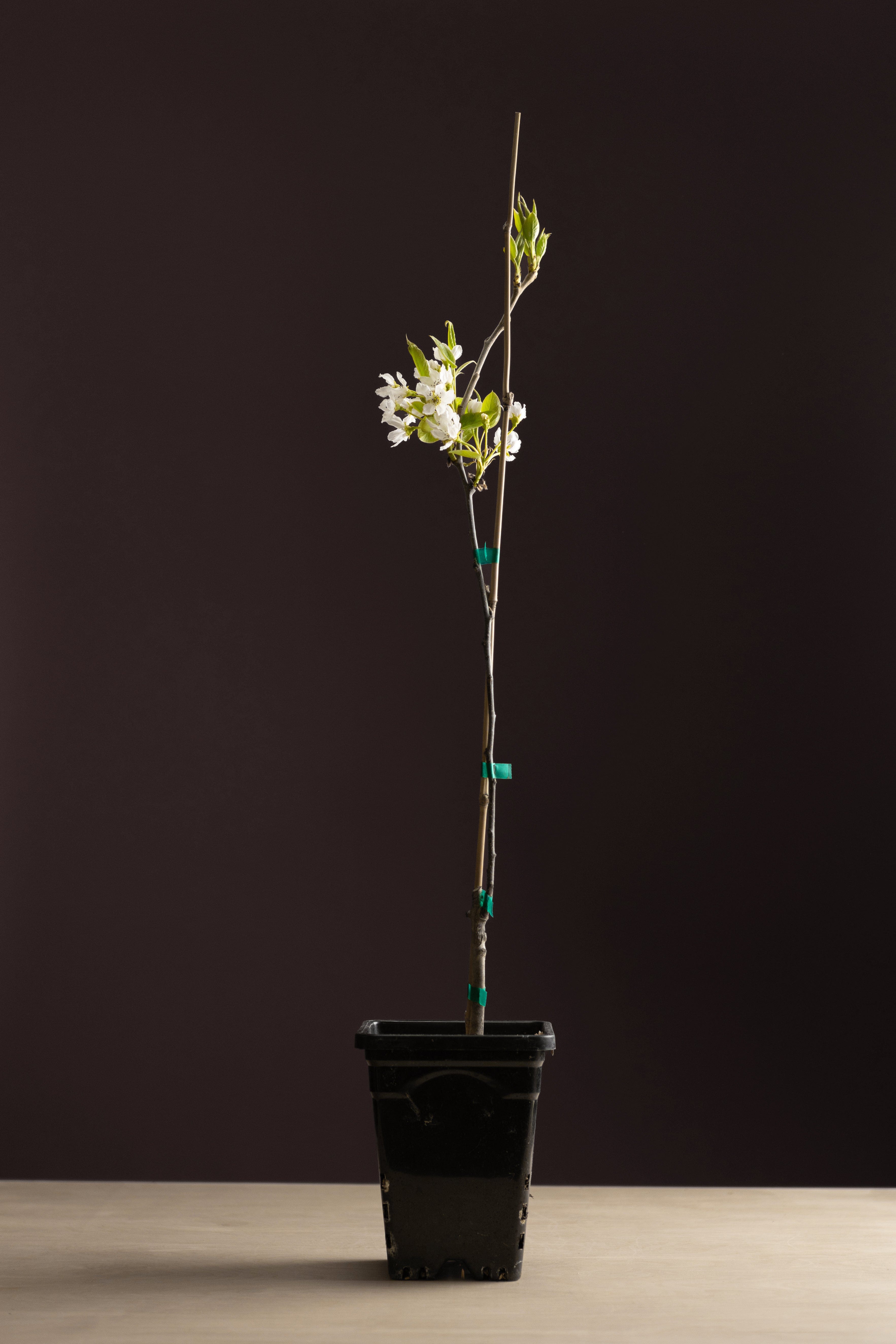
Asian Pear
Introducing our Asian Pear - a self-fertile delight for your garden! Boasting this yellow skin and sweet white flesh, the medium-sized fruit is a delectable treat. This heavy, regular bearer promises a late August harvest, providing you with a bounty of crisp and flavorful pears.
SELECT YOUR KIT

PLANT ONLY:
$0.00

POTTING ESSENTIALS KIT:
$69.99

COMPLETE GROWER KIT:
$154.99
Plant Only + Complimentaries
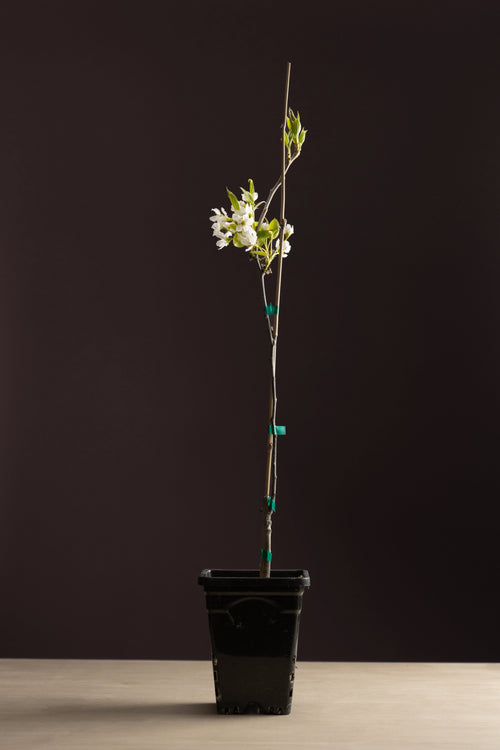
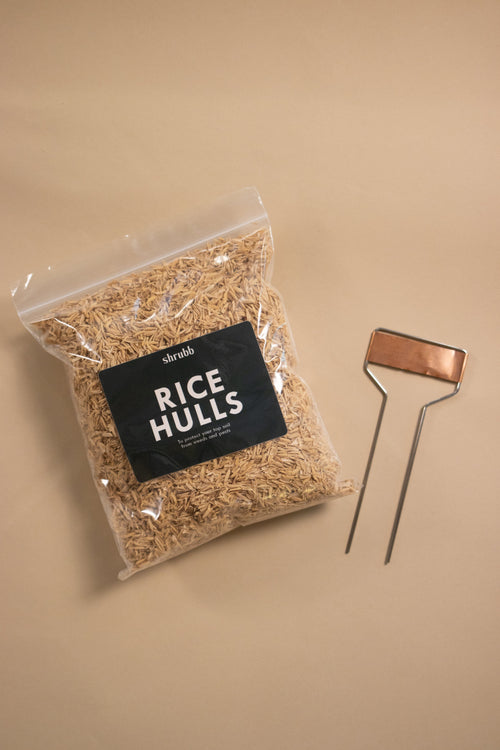
Asian Pear + Potting Essentials Kit

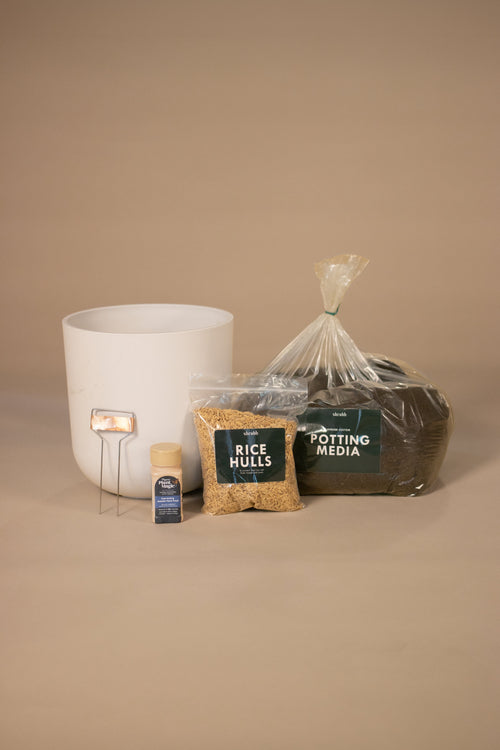
Asian Pear + Complete Grower Kit

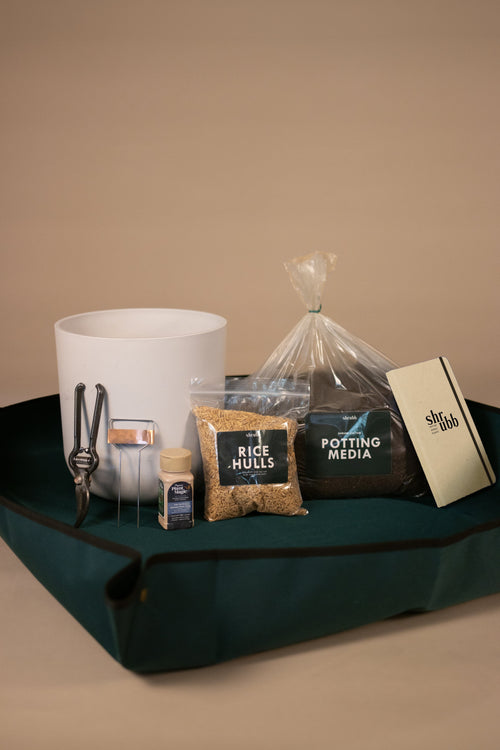
DO YOU WANT TO INSURE YOUR PLANTS?
Get plant insurance to guarantee a free replacement plant if yours dies within the first year. Read more about plant insurance here..

Where do I grow best?
How to care for me:

Self-Fertile

Full-Sun

Water

Soil Nutrients

Chill Hours

Harvest
Storage

Pruning

Pests and Disease
Growing in Less Ideal Climates
While the region indicated on the map above specifies where this plant grows best, the virtue of growing plants in pots is that, with a little elbow grease, you can create your own environment. These are our tips for anyone attempting to grow alpine strawberries in other climates.

Colder Regions

Hotter Regions
